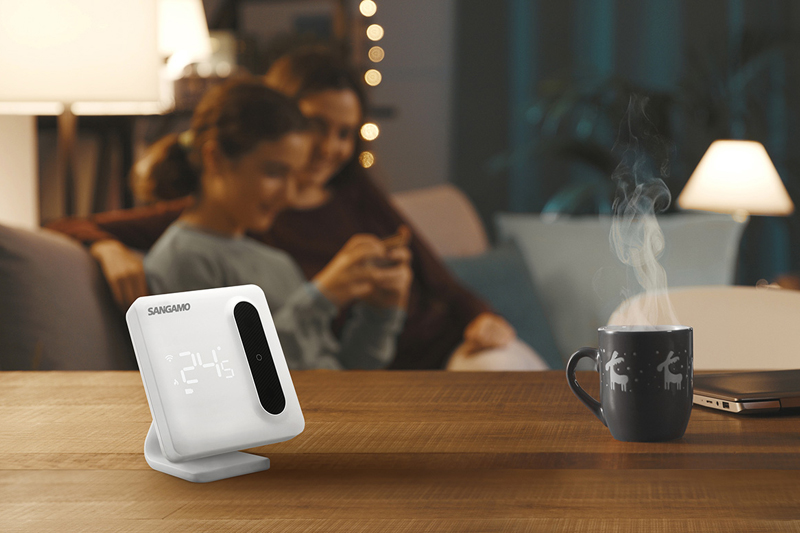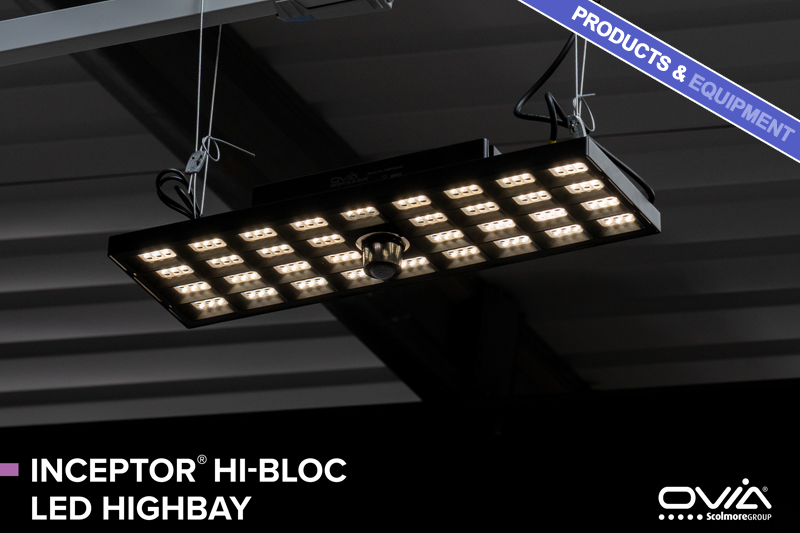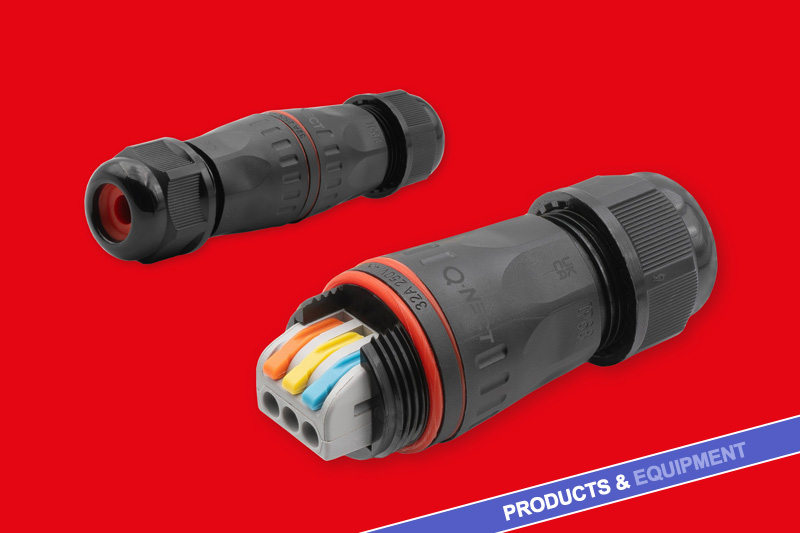Matt Parton, Product Manager with ESP and Sangamo – part of Scolmore Group – looks at how understanding heating controls can help householders and businesses during the continued energy bills crisis.
The latest UK energy price cap rise will see a typical household’s annual bill increase by 2% – an extra £35 – starting in October 2025, following recent announcements by Ofgem. This latest rise has once again put electricity costs under the spotlight, with implications for households, businesses and the wider electrical trade. For contractors, installers and manufacturers, this shift is more than just a headline number – it directly influences demand for energy efficient technologies, smart systems and renewable solutions as customers look for ways to mitigate rising bills.
Understanding heating controls
Heating controls regulate the temperature and operation of heating systems. When used correctly, they ensure that energy is only consumed when needed, avoiding unnecessary heating. Effective heating control can lead to a reduction in energy wastage, which directly translates into cost savings.
Householders are continuing to look at ways to reduce their energy consumption to help combat rising bills. Understanding how their heating system is performing and how they can make small changes to improve its efficiency is one consideration. Research shows that few people really understand their heating controls and many simply just don’t use them. This is where installers, supported by manufacturers and wholesalers, can play a part in advising and educating consumers on the best products for their circumstances and how to use them.
TPI control
Modern controls are designed to allow you to get the best energy efficiency possible from the heating system. Look out for those with TPI (Time Proportional & Integral) control – a feature in room thermostats that ensures the boiler fires for the shortest possible time in order to reach and maintain a room at the comfort level selected and thus optimise heating efficiency.
Tamper protected thermostat
With a tamperproof thermostat the ‘temperature set’ dial is hidden away, and the set temperature can be maintained without interference. This is particularly advantageous for landlords or where the thermostat is installed in public areas. If a thermostat is set unnecessarily high, this will lead to uncomfortable temperatures and higher than necessary bills.
Programmable thermostat
A programmable thermostat gives the user an option to schedule at what time and day a call for heat can be made, thus reducing the possibility of wasting energy when the property is empty. This is advantageous when the occupants are at work and therefore do not have to remember to switch the heating ON/OFF manually. A programmable thermostat ensures that the heating is not activated longer than required.
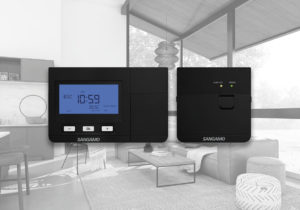
Sangamo’s three-channel programmable thermostat, with RF and Wi-Fi, provides the means to operate and control separate heating zones within a residential property and in doing so increase efficiency and reduce energy use and utility costs. The kit is suitable for properties with two-zoned heating systems and is designed to help installers comply with the requirements of Part L Building Regulations where two zone heating is stipulated. The kit comprises two RF programmable room thermostats to control heating over two zones and hot water programming, and one receiver complete with three independent channels – two for heating and one for hot water. The system can be programmed and controlled directly or remotely via the ClickSmart+ app.
Immersion heater control
For some systems immersion heaters are used. A metal element heats up a water cylinder and it can take between one to two hours to produce hot water. An immersion heater is manually switched by the user, which means there is the risk that they will not remember to turn it off. Timer controlled solutions can ensure that the immersion heater is switched off after a set duration. In addition programmable timer controllers can be used to schedule exactly when the immersion heater is switched on, automatically ensuring hot water is available when required.
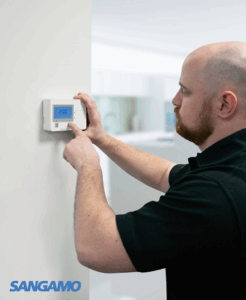
Smart controls
The evolution of smart technology continues to play a key role in energy efficiency. It provides homeowners with a real opportunity to make conscious decisions about how they heat their homes and what effect this can have on their energy bills. A smart thermostat is something that installers can easily add to their customers’ home heating, allowing householders to control and monitor the room temperature and thermostat activity from anywhere in the world, via an app on a smart phone or tablet.
The Sangamo Wi-Fi controlled thermostat is controlled through the subscription-free ClickSmart+ app from Scolmore. It offers energy efficient programming and with remote access via the app, it allows for constant monitoring and control at your fingertips. Key features of the thermostat that will help with the control of energy usage include the optimal start function and the open window/door detection feature.
Heating strategies
Understanding and effectively using heating controls is a simple yet powerful way to reduce energy consumption and lower utility bills. By implementing smart heating strategies and utilising modern controls, individuals and business owners can achieve comfortable indoor environments while contributing to energy conservation efforts. Small adjustments in heating habits can lead to significant long-term savings and a reduced carbon footprint.
For more information, click here
Find more industry features here

